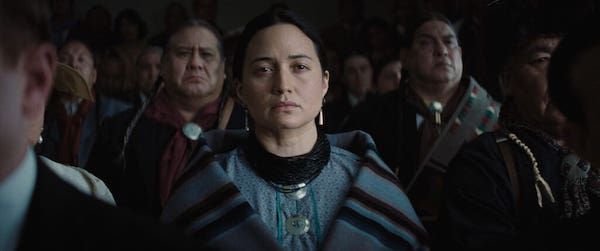Petaluma Profile: Greg Sarris brings Miwok myths to life
March 24, 2018

Greg Sarris’ Miwok ancestors lived and worked in Petaluma for over 1,500 years. The city honored their historic contributions by naming two schools, a city park and an entire neighborhood “Miwok.”
“Despite this,” says Sarris, an award-winning historian, storyteller, novelist, screenwriter, SSU university professor, and currently the Chairman of the Coast Federated Indians of Graton Rancheria (descendants of the Coast Miwok and the Southern Pomo tribe) “the most important Miwok legacy, our creation myths, are known by very few people. For example, Sonoma Mountain not only shields the Petaluma Valley, it is the center of all creation – the place where Coyote created the Earth and the People. As a storyteller, my task is to reimagine and share these tales with my neighbors.”
Sarris’s newest storytelling project is a collection of 16 myths entitled “How a Mountain Was Made.”
“They take place in the time when all the animals were people,” says Sarris. “As they coalesced into species, the dumbest among them had difficulty understanding that they are not the center of the universe. These are the ones who became (human beings).”
Sarris grew up hearing these myths from his aunties, he explains.
“Our cultural history and oral traditions have been nurtured and protected by our tribal women,” he says. “It is they who teach us to be respectful to the land and each other, and the critical cause-and-effect relationship of our actions. For example, to the Miwok, every death is a direct consequence of something the individual or someone close to them has done. These beliefs allowed the nearly 10,000 people who lived close by to live in harmony. We are taught that if you hit someone, you lose the ability to chant protective songs.”
He adds that rape was unknown among the Miwok, because there would be instant repercussions to the rapist and his family.
“Different protective songs and rituals were held sacred and kept secret by the numerous cults formed by our people,” he continues. “The most powerful of these is the Grizzly Bear Cult. A story is told about a young woman long ago who was training for the Grizzly Bear Cult. Her father grew suspicious that she was heading to a place to meet her lover, so he followed her. He heard women’s laughter, and peeked through a grove of pine trees to where his daughter and other women were bathing naked in the river. He was discovered, and then killed by his daughter. The moral of this myth is multi-layered – learn not to be nosy, trust your daughters … and leave alone what you don’t know.”
Eventually, Sarris was asked to adapt such stories into works that could be presented on stage.
“I wrote a story for Word For Word Theater Company, and they told me it was too violent for presentation in local schools,” he recalls. “I had never written a children’s story, so I turned to the classics like the Brothers Grimm, where a beautiful maiden is rescued by a handsome and powerful male hero. The contrast between them and the Miwok, female-centric tales was obvious, but the most noticeable thing is the level of violence and gruesome deaths in the classic fairy tales.”
He ended up writing 16 stand-alone stories, which Word for Word went on to perform in over 90 schools. Eventually, Heyday Books asked Sarris to collect them into a book.
“But fate has dictated a slow launch,” says Sarris. “The original release date was supposed to be two days after the firestorms started, and I was busy with a hotel full of casino workers and other refugees – and their dogs – who had fled the flames.”


